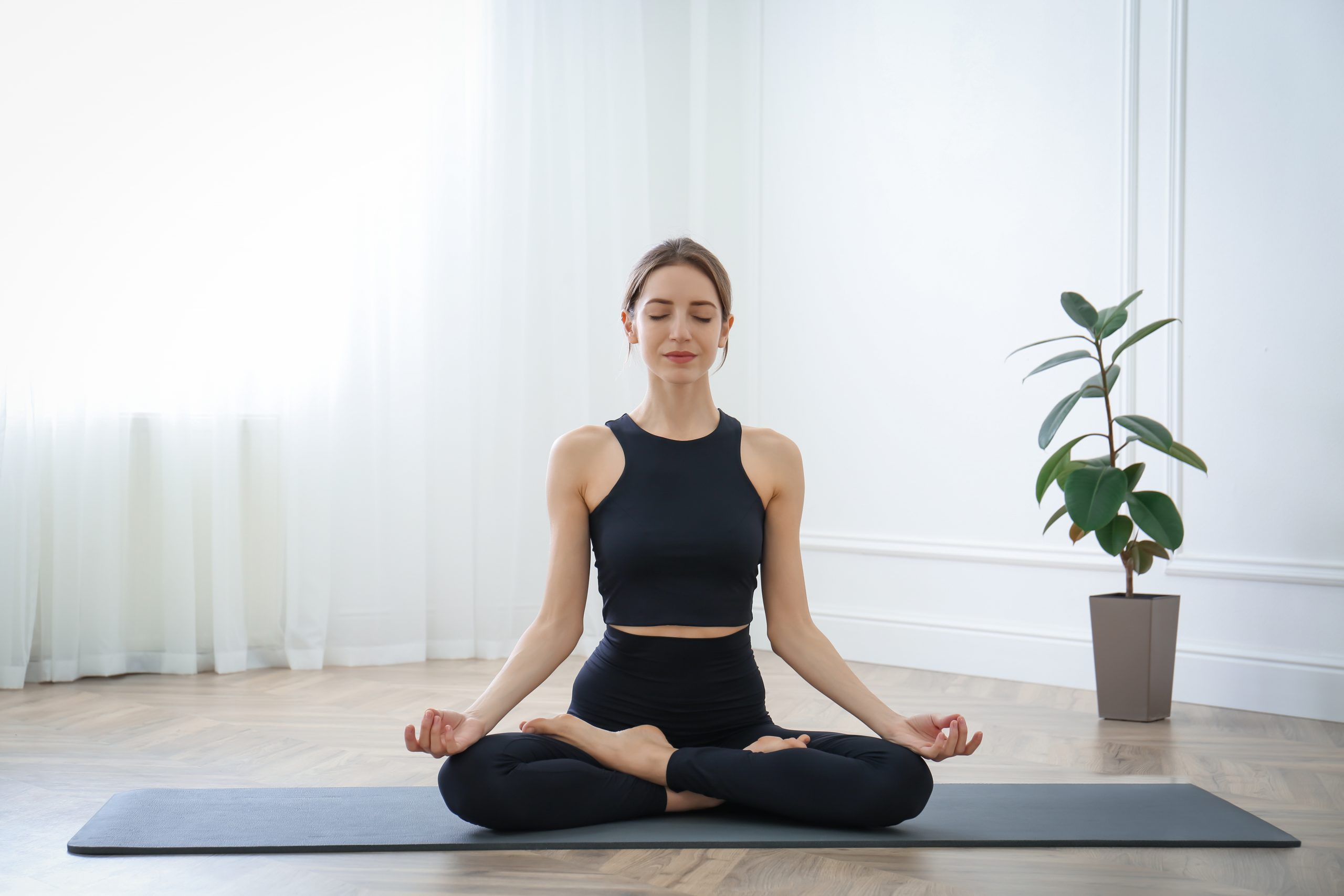Joint pain can be a frustrating and debilitating condition that affects many people. While there are several traditional treatments for joint pain, such as medication and physical therapy, some people may prefer to use alternative approaches such as yoga. Yoga is a gentle form of exercise that can help improve joint flexibility, reduce inflammation, and alleviate pain.
Here are some benefits of practicing yoga for joint pain relief:
Improved Flexibility
Yoga is a low-impact exercise that can help improve joint flexibility and range of motion. By moving the joints through their full range of motion, yoga can help reduce stiffness and improve joint function. This can help reduce pain and discomfort in the affected area.
Reduced Inflammation
Yoga can also help reduce inflammation in the body, which can contribute to joint pain and other health conditions. Certain yoga poses, such as forward folds and twists, can help stimulate the lymphatic system, which is responsible for removing waste and toxins from the body. This can help reduce inflammation and promote overall joint health.
Increased Strength
Yoga can also help increase strength in the muscles and joints, which can help support the body and reduce the risk of injury. By holding poses and moving through sequences, yoga can help build endurance and improve overall physical fitness.
Stress Reduction
Stress can contribute to inflammation and pain in the body, including joint pain. Yoga can help reduce stress and promote relaxation, which can further alleviate pain and discomfort. By practicing deep breathing and meditation, yoga can help reduce stress levels and promote overall well-being.
Here are some yoga poses that can be helpful for joint pain relief:
Child’s Pose
Child’s pose is a gentle yoga pose that can help stretch the hips, thighs, and ankles. To practice child’s pose, start on your hands and knees, then lower your hips back toward your heels. Stretch your arms out in front of you and rest your forehead on the mat. Hold for several breaths, then release.
Downward-Facing Dog
Downward-facing dog is a classic yoga pose that can help stretch the hamstrings, calves, and spine. To practice downward-facing dog, start on your hands and knees, then lift your hips up and back. Press your hands into the mat and lengthen through your spine. Hold for several breaths, then release.
Warrior II
Warrior II is a standing yoga pose that can help build strength in the legs and hips. To practice warrior II, start in a standing position, then step your left foot back and turn it out to the side. Bend your right knee and extend your arms out to the sides. Hold for several breaths, then release and repeat on the other side.
Bridge Pose
Bridge pose is a gentle backbend that can help stretch the spine and open up the chest. To practice bridge pose, lie on your back with your knees bent and your feet flat on the mat. Lift your hips up toward the ceiling and interlace your fingers underneath your back. Hold for several breaths, then release.
It is important to note that yoga should be practiced with caution, especially if you have a medical condition or injury. It is important to consult with a healthcare professional before starting any new exercise routine, including yoga. Be sure to listen to your body and avoid any poses or movements that cause pain or discomfort.
In conclusion, practicing yoga can be a gentle and effective way to alleviate joint pain. By improving joint flexibility, reducing inflammation, and promoting overall well-being, yoga can help reduce pain and improve joint function. Incorporating yoga into your self-care routine can help reduce the risk of injury, improve posture.

